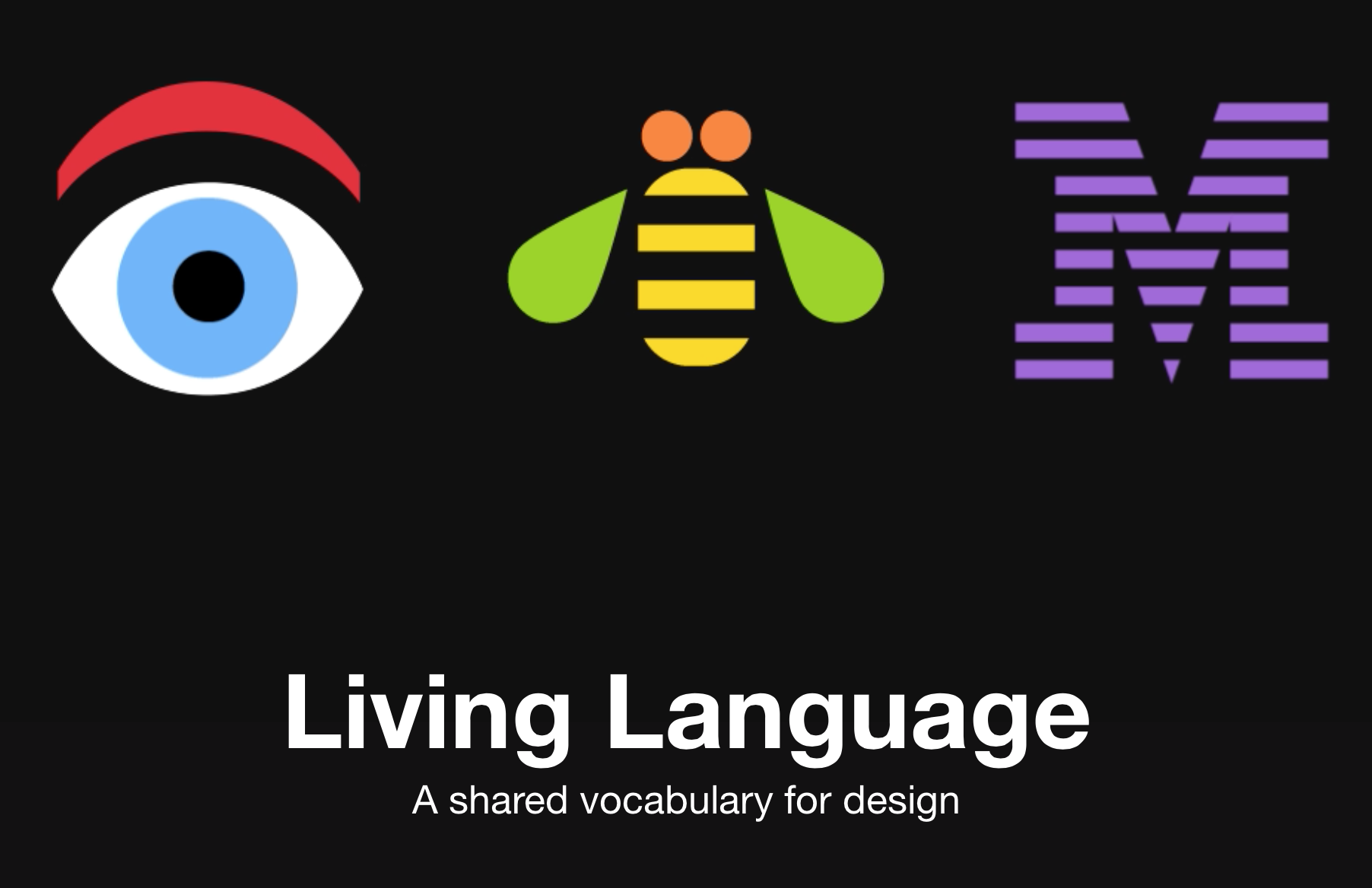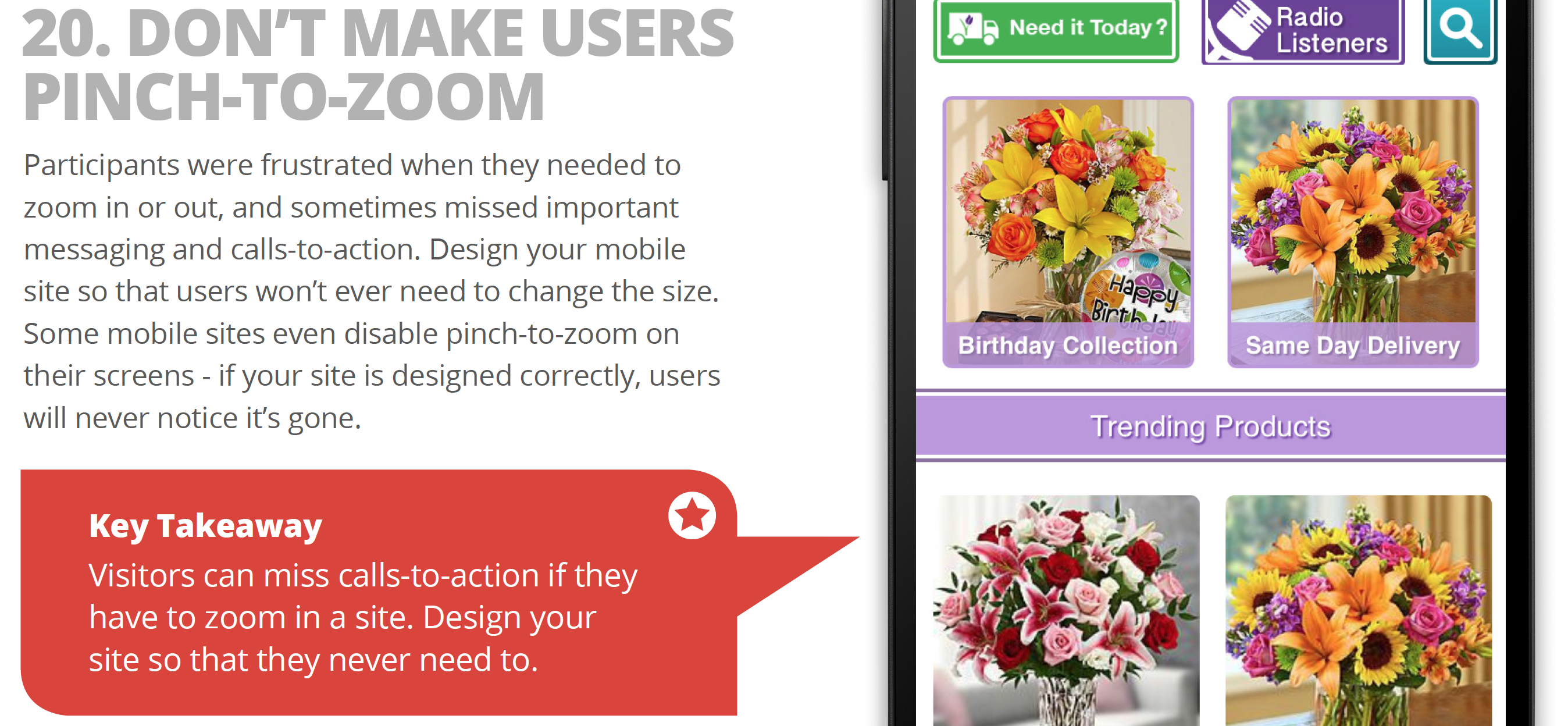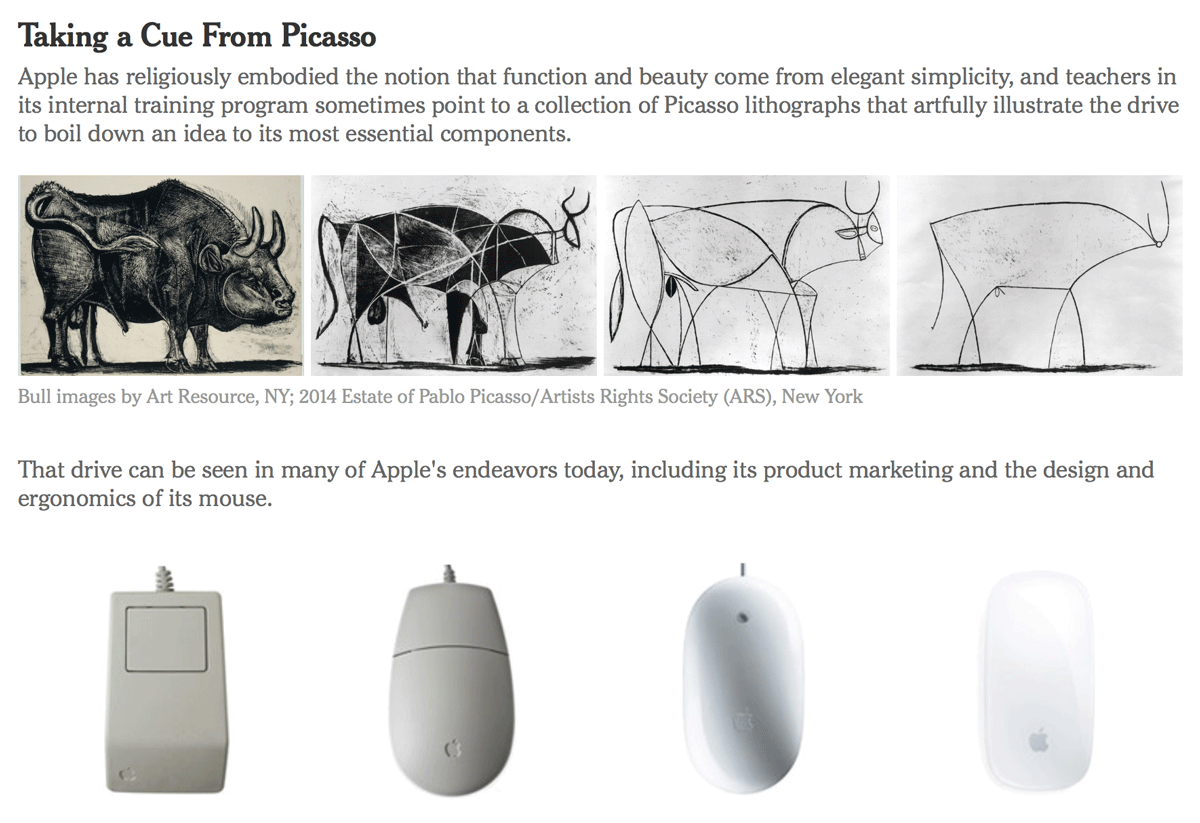Build a Design Culture
Top startups are now also looking for their designers to help build a company culture that values design. This means producing a well designed product, helping other employees understand and respect design, and can even extend to designing the physical office space. To build this culture designers must:
Be Collaborative and Inclusive
Though going off to a private space and designing a perfect solution is romantic and sometimes necessary it rarely raises the design IQ of an organization. To do this designers need to find opportunities to be collaborative and inclusive where possible.
One great example is a design team that printed up their design mocks and gave out chocolate in return for feedback. This approach ended up getting them insights from unexpected places like finance and legal, and got many people in the company behind what they were building.
Be a design evangelist
Great designers at top startups also do a great job of evangelizing design to help people understand how to work with design and the impact it design can have. At Coursera, the Director of Design uses “All Hands” meetings to talk about product design and what the design team is working on to the entire company. This has helped increase company understanding of how design helps the business and has increased the number of people that seek to collaborate with design as a strategic partner.
Be a design educator
Finally great designers educate others on design. At Facebook, Mark would often walk over to me and ask me to adjust spacing, margins, color, etc. while I was designing. Instead of turning inward and getting frustrated I would use these opportunities to educate him on design and why I made specific decisions. The result has been that Mark’s design IQ is now extremely high and it’s because many designers used interactions with him as design education opportunities.
Treat Prototyping as Design
As more design moves to mobile devices designers must think along a time dimension. This means photoshop or sketch alone won’t produce the deliverables you need to communicate the work. In this new reality, prototyping is designing.
Category: User Centered Design
UX for the Enterprise
Enterprise UX is often about solving ancillary problems by creating tools that facilitate an organization’s primary goals. These problems are rarely as compelling or visible as the goals they support, but they’re just as necessary to solve. A company might build the best-designed cars in the world, but it won’t matter if its quality-assurance process is hobbled by unusable software. Good design enables enterprises to do the work they were founded to do.
Enterprise employees are also consumers, and they’ve come to expect consumer-level design in all the tools they use. Why shouldn’t a company’s inventory software or HR portal be as polished as Evernote, Pinterest, or Instagram? When a consumer app is poorly designed, the user can delete it. When an enterprise app is poorly designed, its users are stuck with it.
The stakes can be enormously high. The sheer scale of enterprise clients magnifies the effects of good and bad design alike. Small inefficiencies in large organizations result in extra costs that are passed on to the end user in time spent, money lost, and frustration increased. Likewise, when an enterprise prioritizes user experience for its internal tools, it becomes a more effective organization; a recently released business index shows that design-driven companies outperformed the S&P average by 228% over the last ten years.
DESIGN FOR THE END USER, NOT THE CLIENT
As with many design jobs, the end users of your software probably aren’t the same people who commissioned it.
In large organizations, the divide between the user and the client can be vast. The director of operations might commission an inventory app for warehouse personnel, or someone from IT might commission a reporting tool for the sales team. In an enterprise-scale bureaucracy, the clients in charge of UX projects are often in higher-level management roles. And while they typically have an invaluable grasp of the big picture, they may not completely realize the everyday needs of the people who will use the software.
A successful enterprise UX project considers the users’ needs, the clients’ goals, and the organization’s priorities. The best user experience sits at the intersection of these concerns.
Calculating ROI on UX & Usability Projects
ROI is always calculated in terms of increase or decrease of a key variable.
These increases and decreases usually fall into one of six categories:
- Increased sales
- Increased productivity
- Increased customer satisfaction and loyalty
- Decreased training and support costs
- Decreased development time and costs
- Decreased maintenance costs – A hallmark of good UX is the elimination of unnecessary or marginal features. This reduces the complexity of the code base, making it more robust and less buggy. As a wise man once said, “there are no bugs in the code you don’t write.”
UX BS Generator
The UX guru says…
IBM Design Language
The Boring Designer
Choose obvious over clever every time.
Rarely stand their ground.
Are Practical.
Value Laziness.
Lead the team.
You’d think with all those traits, the boring designer would get run over or ignored most of the time by their teammates and fellow designers. This turns out very rarely to be the case. Most people come to the boring designer first with questions about their work or plans. They trust the boring designer to look at their goals and problems with a practical eye. If there’s The Big Idea, the boring designer is fantastic at finding a reasonable step one instead of making The Big Idea the starting line.
The boring designer is trusted and valued, because people know they’re in it for the product and the user. The boring designer asks questions and leans on others’ experience and expertise, creating even more trust over time. They rarely assume they know the answer.
The boring designer is capable of being one of the best leaders a team can have.
So be great. Be boring.
Ideo Human Centered Design Toolkit
Primarily focused on low-income communities in developing nations but some general-use themes. Example:
BEST PRACTICES FOR INNOVATION
MULTI-DISCIPLINARY TEAMS
The challenges you face are very complex and are likely to have been explored by predecessors. You will have a higher likelihood of success at solving such complex, difficult, and already-examined problems by intentionally assembling the right team of people. This team will work best if it consists of a core group of 3-8 individuals, one of whom is the facilitator. By mixing different disciplinary and educational backgrounds, you will have a better chance of coming up with unexpected solutions when these people approach problems from different points of view.
DEDICATED SPACES
having a separate project space allows the team to be constantly inspired by imagery from the field, immersed in their post-it notes, and able to track the progress of the project. If possible, find a dedicated space for your design team to focus on the challenge.
FINITE TIMEFRAMES
Many people notice that they work best with deadlines and concrete timelines. Likewise, an innovation project with a beginning, middle, and end is more likely to keep the team motivated and focused on moving forward.
Principles of Mobile Site Design
Principles of Mobile Site Design: Delight Users and Drive Conversions (link goes to pdf of study, source button goes to summary)
Google and AnswerLab undertook an intensive research study examining how a range of users interacted with a diverse set of mobile sites. The goal, to answer the question: what makes a good mobile site?
Simplifying the Bull: How Picasso Helps to Teach Apple’s Style
CUPERTINO, Calif. — Apple may well be the only tech company on the planet that would dare compare itself to Picasso.
In a class at the company’s internal training program, the so-called Apple University, the instructor likened the 11 lithographs that make up Picasso’s “The Bull” to the way Apple builds its smartphones and other devices. The idea: Apple designers strive for simplicity just as Picasso eliminated details to create a great work of art.
Steven P. Jobs established Apple University as a way to inculcate employees into Apple’s business culture and educate them about its history, particularly as the company grew and the tech business changed. Courses are not required, only recommended, but getting new employees to enroll is rarely a problem.
Although many companies have such internal programs, sometimes referred to as indoctrination, Apple’s version is a topic of speculation and fascination in the tech world.
It is highly secretive and rarely written about, referred to briefly in the biography of Mr. Jobs by Walter Isaacson. Apple employees are discouraged from talking about the company in general, and the classes are no exception. No pictures of the classrooms have surfaced publicly. And a spokeswoman for Apple declined to make instructors available for interviews for this article.
Semiotics explained
All design communicates something – no such thing as “neutral” design.
Semiotics is an investigation into how meaning is created and how meaning is communicated. Its origins lie in the academic study of how signs and symbols (visual and linguistic) create meaning.
It is a way of seeing the world, and of understanding how the landscape and culture in which we live has a massive impact on all of us unconsciously.
…Everyone is a semiotician, because everyone is constantly unconsciously interpreting the meaning of signs around them – from traffic lights to colours of flags, the shapes of cars, the architecture of buildings, and the design of cereal packaging.


